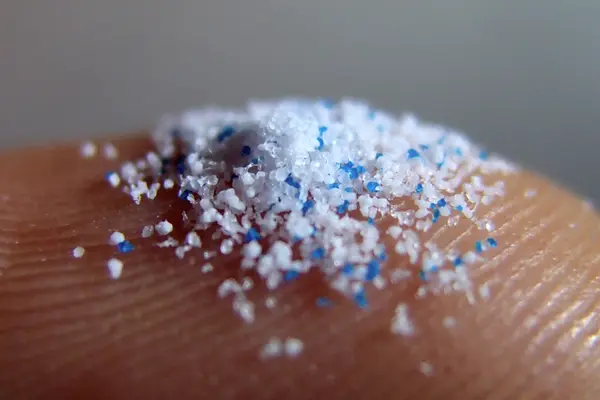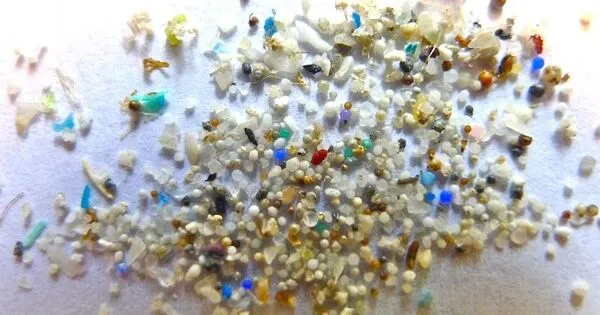Although there is no universal definition of microplastics, they are typically defined as plastic particles smaller than 5 millimeters in diameter—roughly the size of a standard pencil eraser. Despite their small size, studies have shown that microplastics are significant contributors to plastic pollution and can be found in a variety of environments, including Mount Everest, the deep sea, and even humans and other animals.
Microplastics, which are small plastic pieces less than five millimeters in length, are becoming a common environmental contaminant. According to studies, these tiny bits are potentially harmful on their own, and it’s unclear what effect they might have on pollutants that latch onto them. Researchers report in the journal Environmental Science & Technology Letters that UV filters used in products such as sunscreens can make chromium metal more toxic when attached to microplastics.
The researchers mixed Cr and polystyrene microplastic particles with and without benzophenone-type UV filters. In the presence of a UV filter, the researchers discovered that microplastics could aggregate even more Cr.
Because microplastics can accumulate other environmental contaminants such as heavy metals or organic molecules on their surfaces, they may pose an even greater threat to wildlife, plants, and humans than previously thought. Heavy metals can easily attach to microplastics, according to previous research, and this combination has the potential to harm aquatic life. However, microplastics and the cocktail of substances on them may interact with each other, altering their chemical properties, in addition to adhering to other contaminants.
For example, certain metals, such as chromium (Cr), might take on different oxidation states while on the surfaces of microplastics. And although Cr(III) is relatively safe, Cr(VI) is toxic. So, Kelvin Sze-Yin Leung and colleagues wanted to investigate, for the first time, how the oxidation state of Cr could change when bound to microplastics, and how this could be affected by a common organic contaminant: UV filter molecules.

The researchers mixed Cr and polystyrene microplastic particles with and without benzophenone-type UV filters. In the presence of a UV filter, the researchers discovered that microplastics could aggregate even more Cr. Furthermore, the oxidation state of Cr was higher in the mixtures containing the filters.
Finally, the researchers investigated whether this increased oxidation state translated into environmental toxicity in a population of microalgae. When exposed to the mixture containing the filter molecule, the microalgae’s growth was inhibited, indicating that Cr was now in its more toxic form. According to the researchers, this means that microplastics can aid in the transformation of pollutants into more harmful forms a previously unknown interaction.















